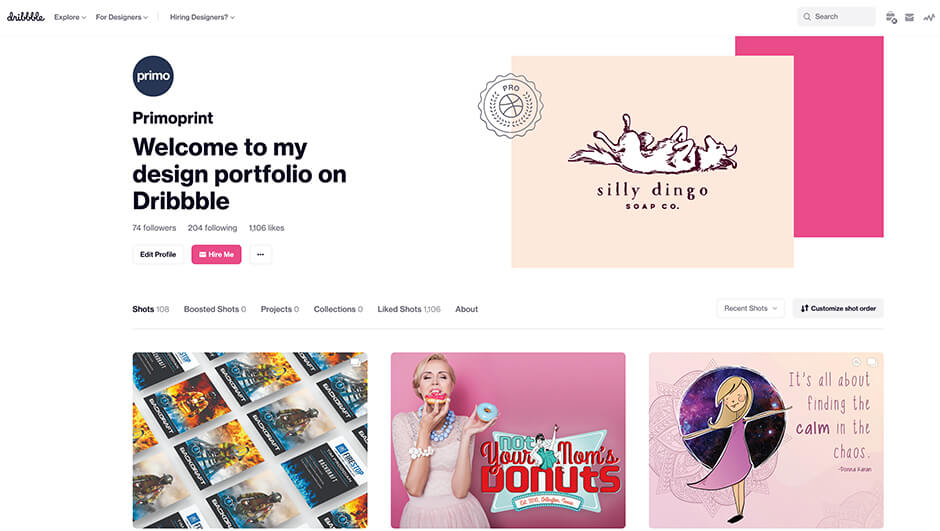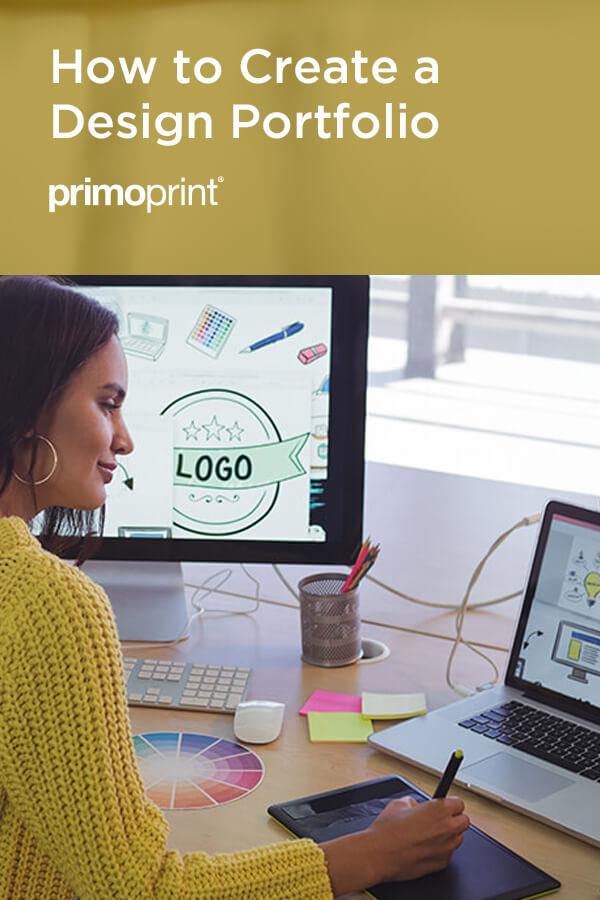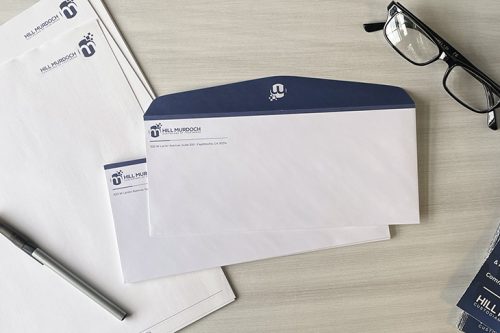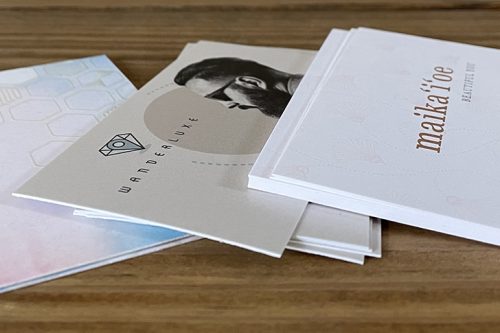Whether just starting out or still a student in school, now is the time to consider what you will include in your graphic design portfolio. Having a well-thought-out portfolio design allows you to shine and show off what you’ve created so far.
To create one that stands out, start with these top tips on how to make a portfolio.
Choose What to Put in Your Portfolio
Take your time in choosing pieces to include in your portfolio. Choose the ones that showcase your skills and your best work so far. Remember, your portfolio is a constant work-in-progress, and you’ll be able to add more later as you grow and develop.
Things to consider when selecting what to put in your portfolio:
- It’s about quality, not quantity. More is not always better. If you’re new and getting started, employers will understand if you only have a few pieces in your portfolio. It’s the quality of those few that will matter, however. Make sure to include the best high-quality pieces.
- Variety is King. Include a variety of design forms, from illustrations to website design to logos. Just be sure they all combine well together when viewed by employers and potential clients.
- Include class projects. If you’re coming out of school, don’t hesitate to include class projects. Include those you are proud of and have received positive feedback. Employers will expect to see these types of examples for recent grads.
- Include personal projects. If you’ve worked on a personal project, and you’re especially proud of it, then feel free to add it to your portfolio. According to graphic designer and author Louise Fili, “…every designer has to have personal projects – it’s the only way to grow and find a unique voice.”
The bottom line is to showcase your top work.
Make Each Project Stand Out
Now that you’ve chosen the pieces and designs to include in your portfolio, the presentation is the next step. Make sure to start with something that’s going to grab the viewer’s attention. But, you’ll want to make each one stand out on its own. Consider using one of the many mock-up resources available online, with free downloads.
Choose the best one or two, and then select the best features of the remaining projects to show off distinct design skills.
Create an Online Portfolio
You will need to create an online portfolio. This way, you can share it more easily. You can either build your own website to showcase your portfolio or create one using the variety of portfolio templates that are currently available.
If you’ve decided to create a portfolio website, before you get started, Pixpa has listed 20 pro graphic design portfolio tips to help you ensure that you create an awesome portfolio website for yourself.
If you are unable to have a personal website, take a look at Dribbble and Behance. Both sites allow you to highlight your work and get noticed. They will let you really show off what you are good at and showcase your creativity.

Take a look at our Dribbble portfolio.
Are you looking for inspiration? Take a moment and view the following examples of a graphic design portfolio.
Display is Important
Display and layout are important for both online and print portfolios. Here are portfolio ideas and tips for creating a presentation that works:
- Make sure there is a cohesiveness to the layout, which can speak to your personal brand and build your brand identity.
- Try to keep it clean.
- Create flow. Find the best way to show the pieces with a flow from one to the next. Whether by colors, angles, etc. Resist using animation or flash on your online portfolio as this can be distracting to the viewer.
- This is your art display. Create a gallery that is eye-catching and shows off more of your creativity.
- Don’t forget that your resume is an extension of your portfolio. The branding that you use in your digital portfolio should match the branding and design of your resume. Each piece you put out is an extension of you and shows what you can do.
Every great design begins with an even better story.” — Lorinda Mamo, Designer
Consider Adding Narratives
For each of your examples, you may want to add a narrative. The narratives can help the reader get a better understanding of the accomplishments of your portfolio. It’s an important aspect that often gets overlooked. These narratives may include:
- Project notes.
- What the end goal was and how you reached it.
- What tools, skills, and techniques were used.
- The type of fonts and other design elements.
- Your design process.
- The story behind the design. You may want to include how you went about designing the piece and why.
- The inspiration for creating the piece.
Once you have both your online graphic design portfolio created, be sure to keep it current with your most recent works. It can be easy to let them become stagnant and out of date. Don’t allow this to happen. Techniques, trends, and technology change quickly, and you need to be able to show you are on top of these.
Follow these tips, and even the pros will be impressed. Do you have any portfolio ideas and tips on how to make it stand out? Let us know by leaving a comment below.





